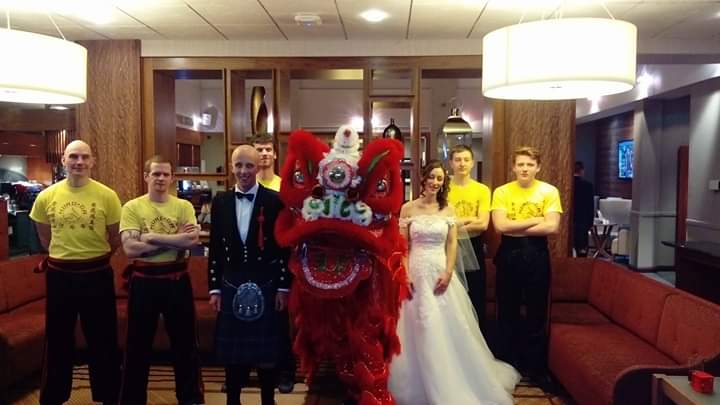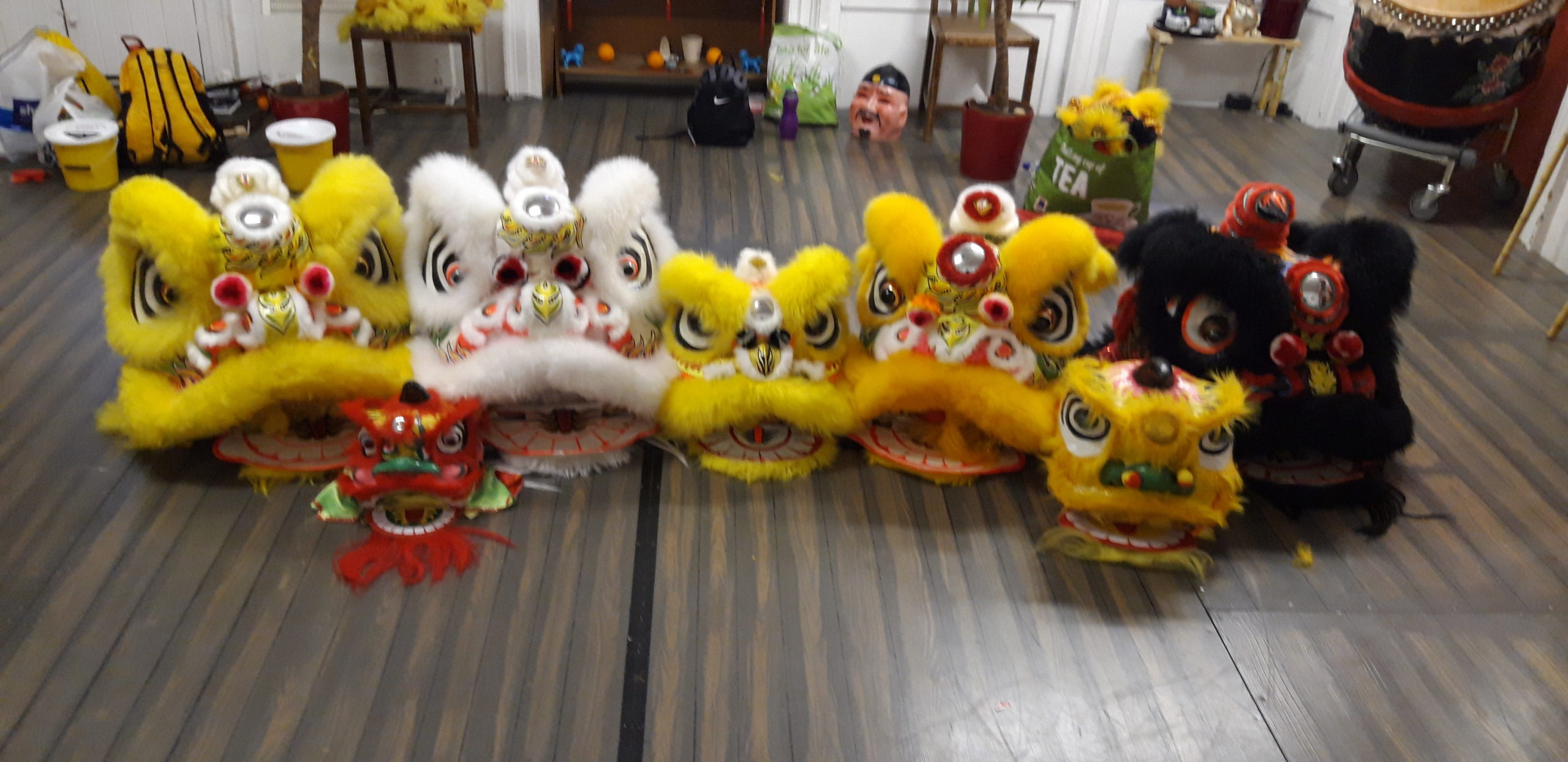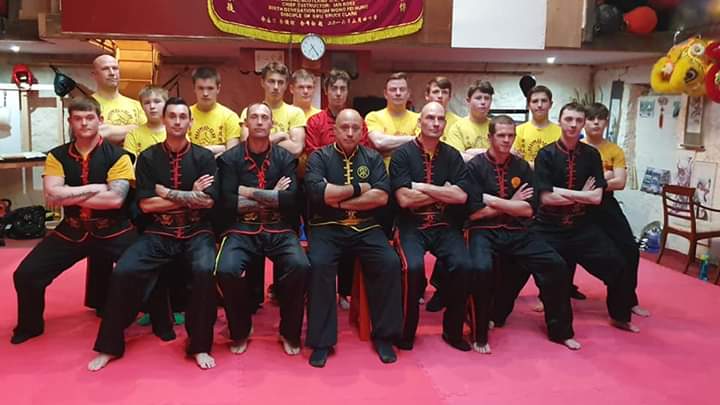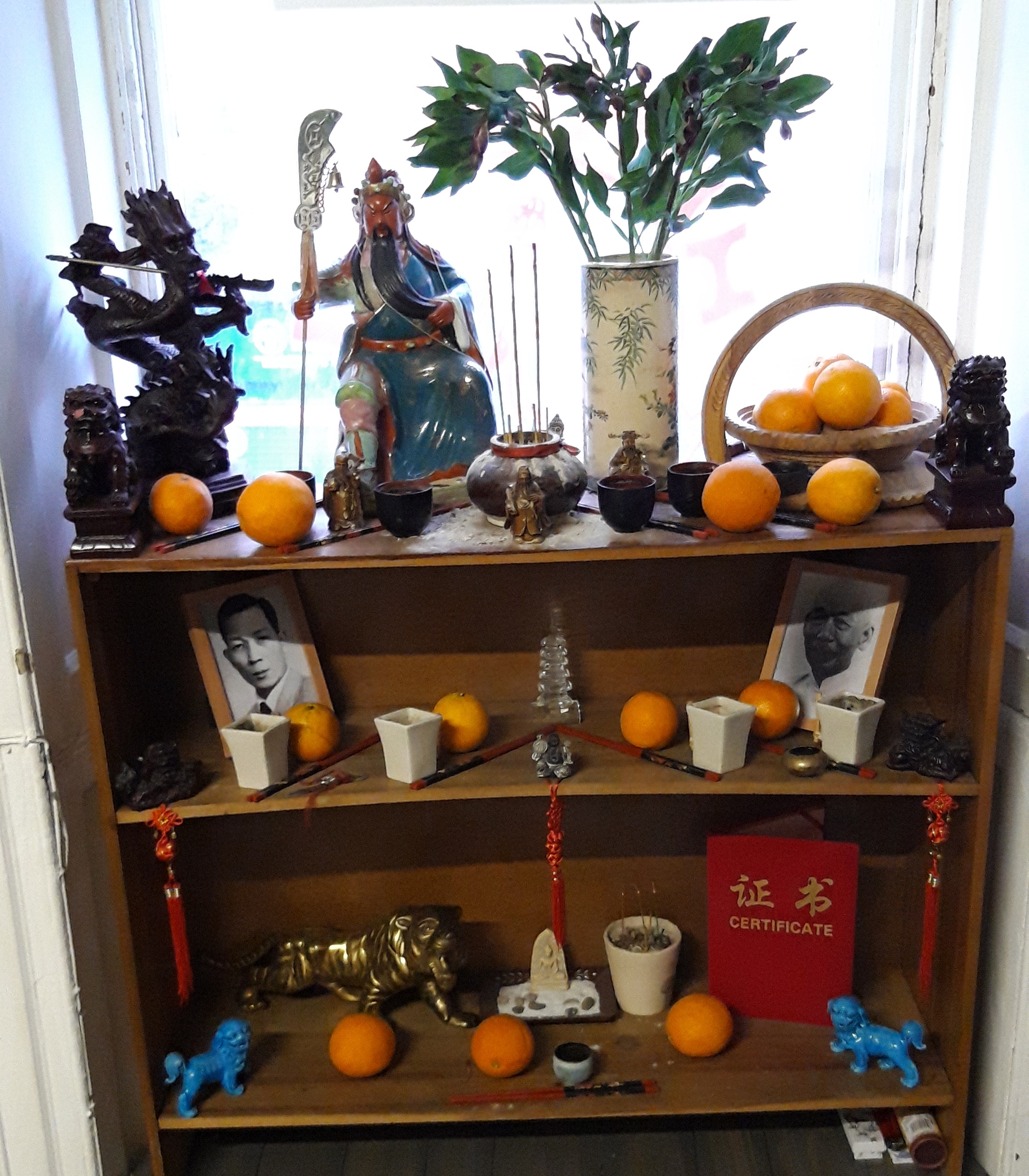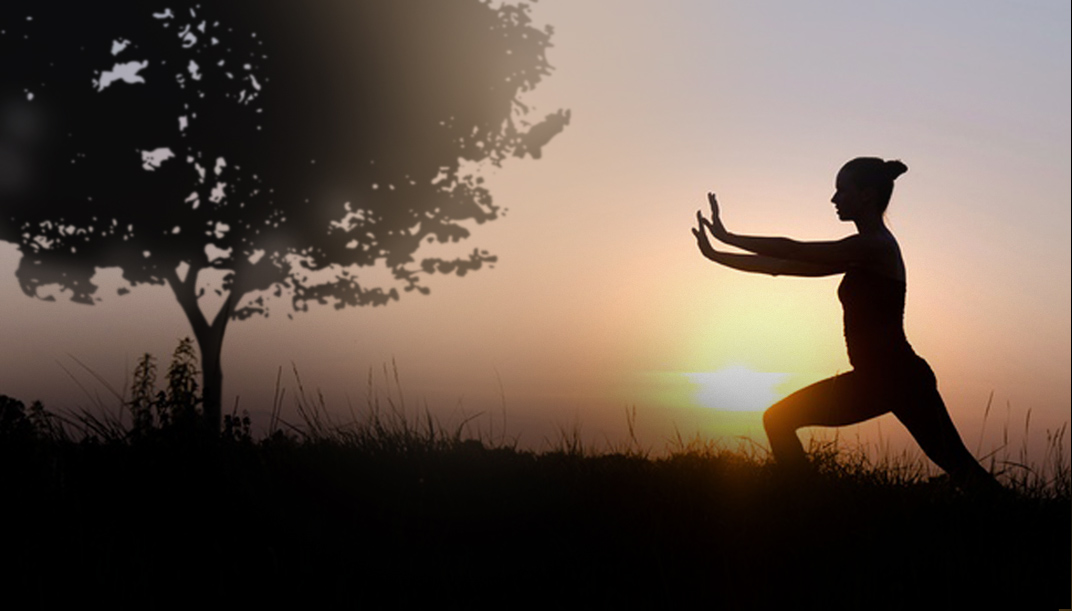
We have a busy week ahead of us at YHGInverness. Our public Qigong classes are due to be reinstated to our timetable. We have students undergoing pre-tests on Saturday morning and we also have our exciting seminar, available to anyone, on Saturday afternoon.
Highland School of Qigong

Our public Qigong classes make a welcome return this week. Our syllabus has been developed further to add extra sensitivity for our students. Springtime is traditionally a time of year for cleansing, renewal, creativity and inspiration. We have developed our Spring Qigong Routine especially for the Spring months to help balance and encourage growth in these areas. We will also harmonise energy in the physical body to boost health and productivity.
Qigong Classes

Our public Qigong classes are due to return to our Inverness Academy this week. On Thursday the 5th of March we will hold regular public Qigong classes. These will continue every Thursday evening at 6.15pm. The classes are open to anyone, of any age, who are interested in learning the art of Qigong.
Classes will be priced at £5 per class. There is also the option to buy a loyalty card for £30. This will grant you a 7th class for free. They will follow a similar format to our previous Qigong classes where we will practice a set routine. A Qigong exercise will then be taught to individual students to practice throughout the week. Comfortable, loose clothing should be worn with flat trainers or plimsoles. If you would like to enquire further about these classes, you can email us directly to ask any questions. We will also post updates on our Facebook page:
If you prefer to learn privately, we still have 1-1 tuition available. These sessions can easily be booked with our online booking system. Just select a day and available timeslot that is suitable for you on our calendar below. Fill out your details and you will then be taken to PayPal. You can securely pay for your session with any debit or credit card at this stage. We currently have availability all day on Monday this week.
[CPABC_APPOINTMENT_CALENDAR]Spring Qigong Routine

Continuing from our previous Autumn and Winter Qigong routines, our Spring Routine is due to be released this month. This will follow a similar format, with everything that you need sent out to you, completely FREE, in an email. This will include a warm up, main practice and cool down. Each exercise will have a video of it being performed. It will also contain brief instructions, an explanation of any theory and a list of the main benefits. A workshop will also be held a few weeks after the release of the routine. This will aid you in your practice and help to clarify any questions that might arise after practicing it for a short time. Any notes from the workshop and general feedback will then be compiled and sent out to everyone, which should aid further practice and development.
All this information will be completely FREE of charge to anyone who is interested in learning the art of Qigong. To receive this information, you only need to complete the form below. Once compiled, we’ll send it all out to you at the email address that you provide.
Rent Out Our School

If you have thought about running your own martial arts, yoga, meditation or exercise class but you’re put off by the high charges for renting space out, we have a great solution. Our Academy has a fantastic central location in Inverness. It is available throughout the day Sunday to Saturday. We also have Wednesday, Friday, Saturday and Sunday nights available for you to run your classes. If you wish, we can even designate space for your marketing and help get the word out on our social media platforms. It only costs £12 to rent out our school for an hour. If you need more time, speak to us about what you need and we can come up with a fair arrangement. As always, you can email us directly or read more about what we can offer you in this article: Space Available
Classes

Our classes this week see the return of our public Qigong classes on Thursday evenings at 6.15pm. We also have our Forres classes on Friday evenings at 7-8pm for kids & 8-9pm for adults. New students who wish to start are more than welcome at either of these classes. If you wish to begin in Inverness, the best class to start with is Tuesday evenings at 7pm. See the following page for further information: How Do I Join?
Private 1-1 Tuition
Many students prefer to learn in private, with 1-1 tuition from Sifu Hepple. Perhaps you feel anxious about learning in front of other students or just want to learn at a faster pace. These classes are an invaluable tool for any students who wish to perfect their art. Whatever your reasons might be for learning solo, they’re easy to arrange. Simply select a date and available time slot, fill out your info and then pay securely by PayPal with any credit or debit card.
[CPABC_APPOINTMENT_CALENDAR]An Interview With Sifu Frank Yee

If you would like some insight into what Hung Ga training is like, or want to weigh up the options of contemporary vs traditional, perhaps you’ve been training for some time but need a little direction, then this interview with Grandmaster Frank Yee is extremely insightful. It was published almost 20 years ago, in 2001, for Kung Fu Magazine. It discusses the history of the Hung Ga style, Grandmaster Yee’s own background, how he started in Hung Ga, training requirements and some really good, solid advice. You can read the full interview here: An Interview With Sifu Frank Yee
Inverness Pre-Tests

This coming Saturday (7th March) we have scheduled pre-tests for our students. These help our students prepare for the rigorous grading procedure, which we are quite proud of at Yee’s Hung Ga. We ensure that our students are fully capable for the level that they are testing. Simply attending a grading does not guarantee a pass in the Yee’s Hung Ga system. A student must undergo a number of tests to pass each grading. This ensures that the art of Hung Ga is passed on fully for future generations. It also means that our students are under no disillusions about their strengths and capabilities. The pre-testing stage also helps to settle any anxious feelings that our students might have about the main grading.
Hung Ga Techniques For Combat Sports

On the same day at 1pm, Yee’s Inverness will host a seminar, suitable for anyone, students and non-students, to attend. This seminar will be delivered by Sifu Michael Rose, instructor from Yee’s Hung Ga Peterhead and Vice President of Yee’s Hung Ga Europe. The seminar is all about the Hung Ga fighting system and how it can be used for various combat sports including; MMA, Sanda & Kickboxing. Sifu Rose can also advise on correct stance, positioning, stretching, diet & nutrition in preparation for competing. Boxing or MMA gloves are suitable for this workshop. A limited supply is available at the school but we recomend that you take your own.

If you’ve ever thought about competing or would like to know more about the training involved, this is your chance to gain the knowledge you need to take it to the next level. The seminar lasts for about 3 hours. It is suitable for both men and women, basically anyone interested in learning. For students of Yee’s Hung Ga it is priced at £30 and non-students £35. Tickets can be pre-booked, to avoid disappointment, here:
Hung Ga Fighting System for Combat Sports Tickets
Facebook event page for seminar
Coming Soon

The notes for our Winter Qigong Routine have now been compiled and will be ready to send out shortly. You can find out how our students got on in our Qigong classes, pre-tests and combat sport workshop next week.

